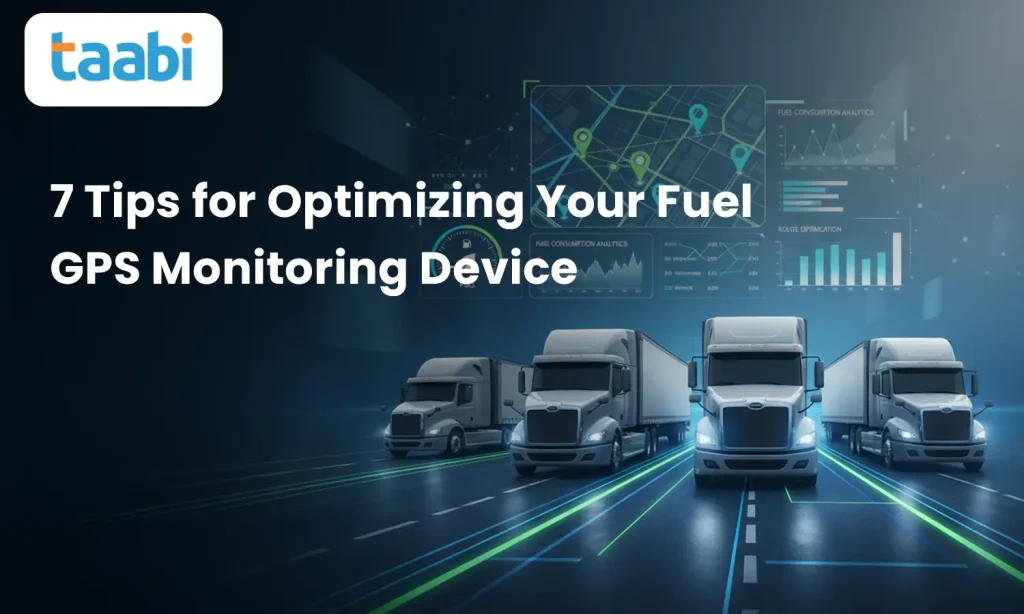Introduction
In the logistics world, managing fuel efficiency is more important than ever. A fuel gps monitoring device helps fleets track fuel usage in real time. Optimizing this device can save money, reduce wastage and improve overall fleet performance. Here are some tips to get the most from your device.
1. Regularly Calibrate Your Device
2. Keep Your Software Updated
3. Monitor Fuel Sensor Health
4. Integrate With Fleet Systems
Linking your fuel gps monitoring device with a fleet tracking system or a gps vehicle tracking system helps see more details about your fleet. Integration lets managers track fuel along with vehicle location and driver behaviour. This makes decisions easier and boosts accountability.
5. Analyze Historical Data
6. Train Your Drivers
Driver habits affect fuel use a lot. Training drivers to check usage and report discrepancies helps your fuel gps monitoring device work better. Smart drivers can reduce idling, hard acceleration and long routes, saving fuel and money.
7. Protect Against Connectivity Issues
A vehicle tracking system needs good connectivity to work well. GPS can work without the internet for location, but real-time updates need a network. Ensuring devices have strong signal access prevents data gaps and keeps your fuel gps monitoring device working fine.
Optimizing your fuel gps monitoring device is not just about tech, it is about creating a culture of efficiency. When every drop of fuel counts, a smart approach can save money and improve operations.








